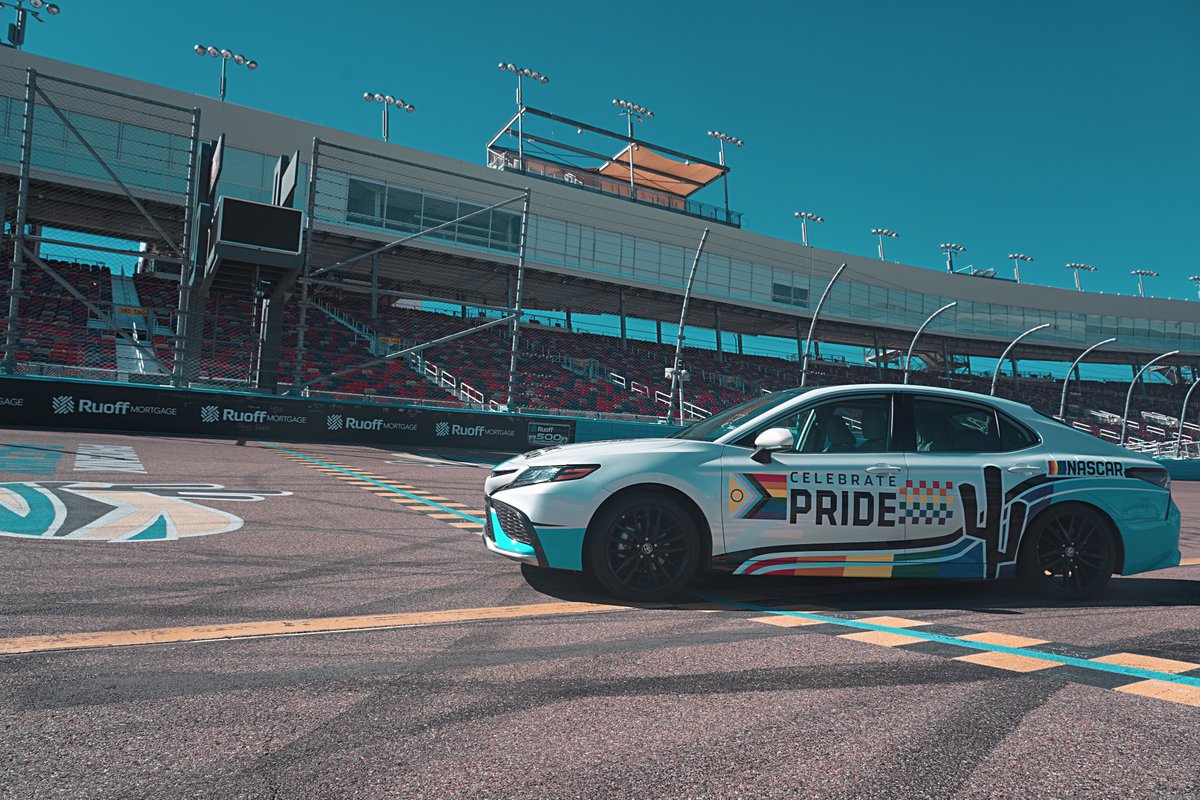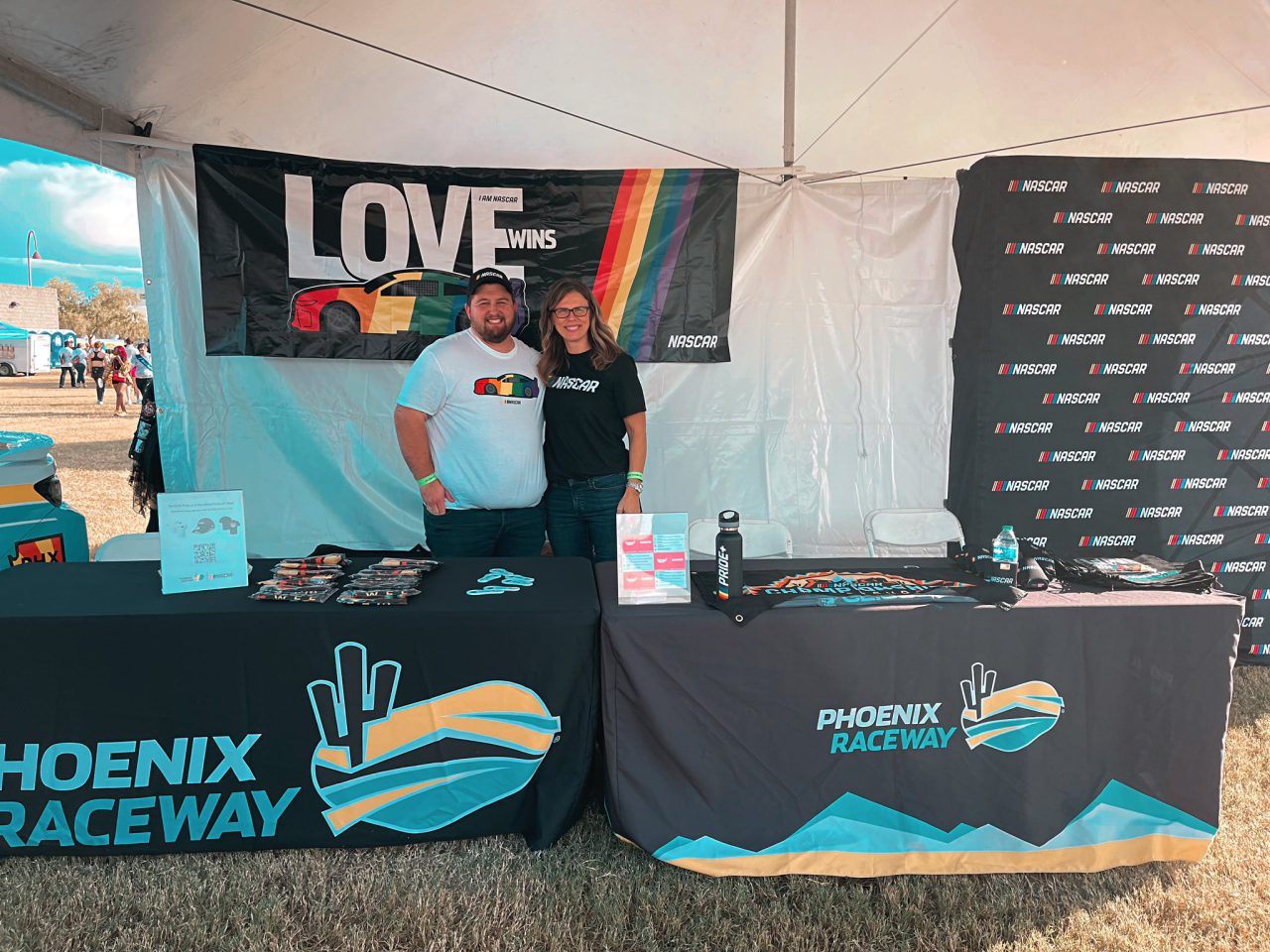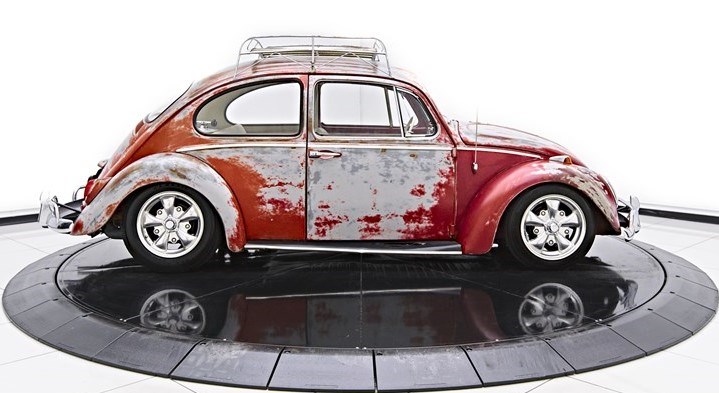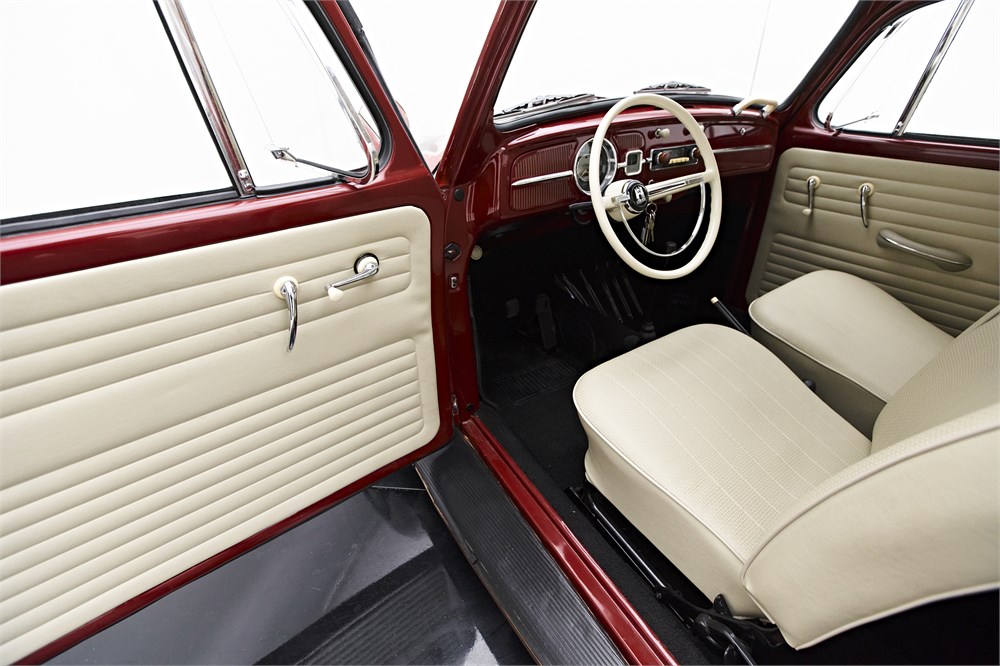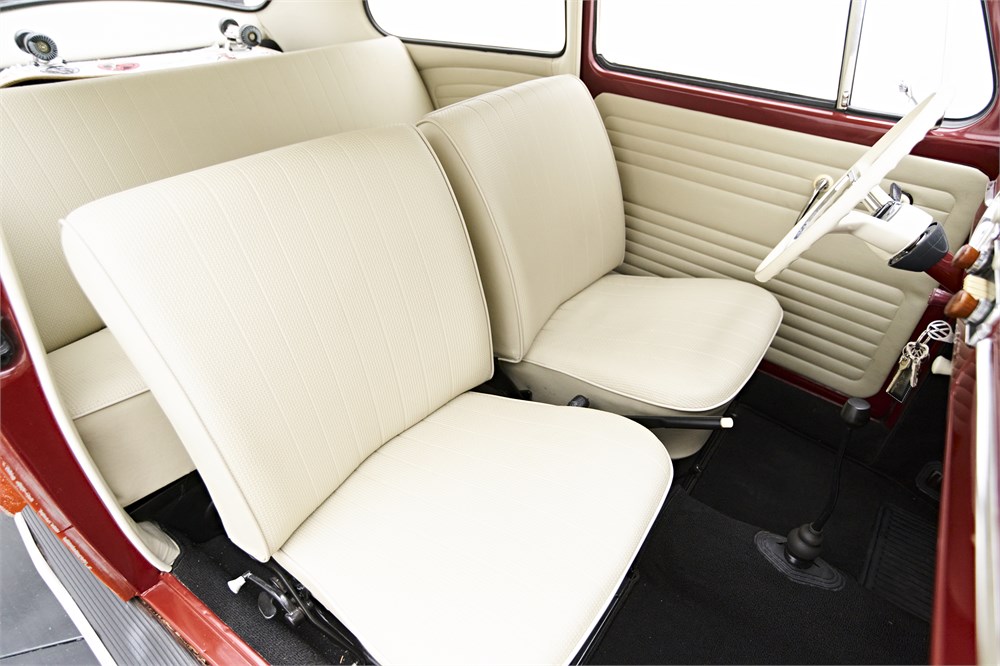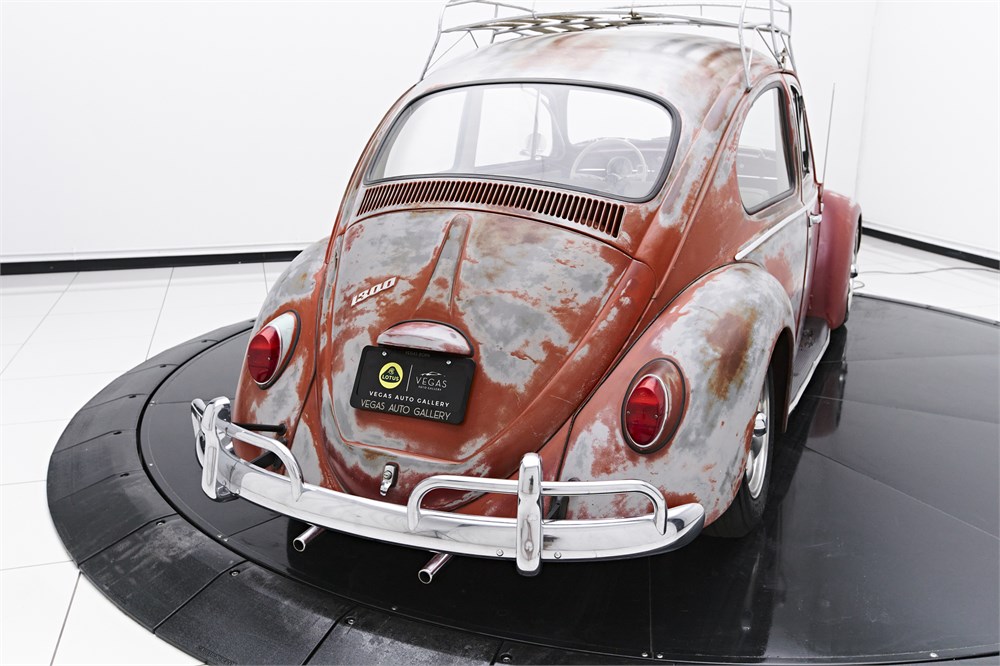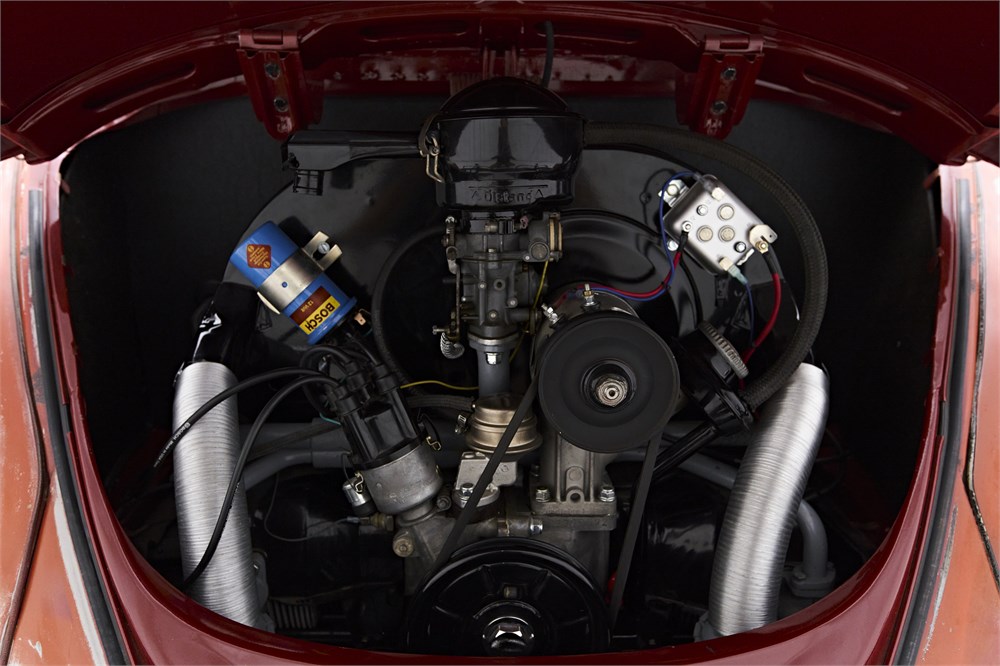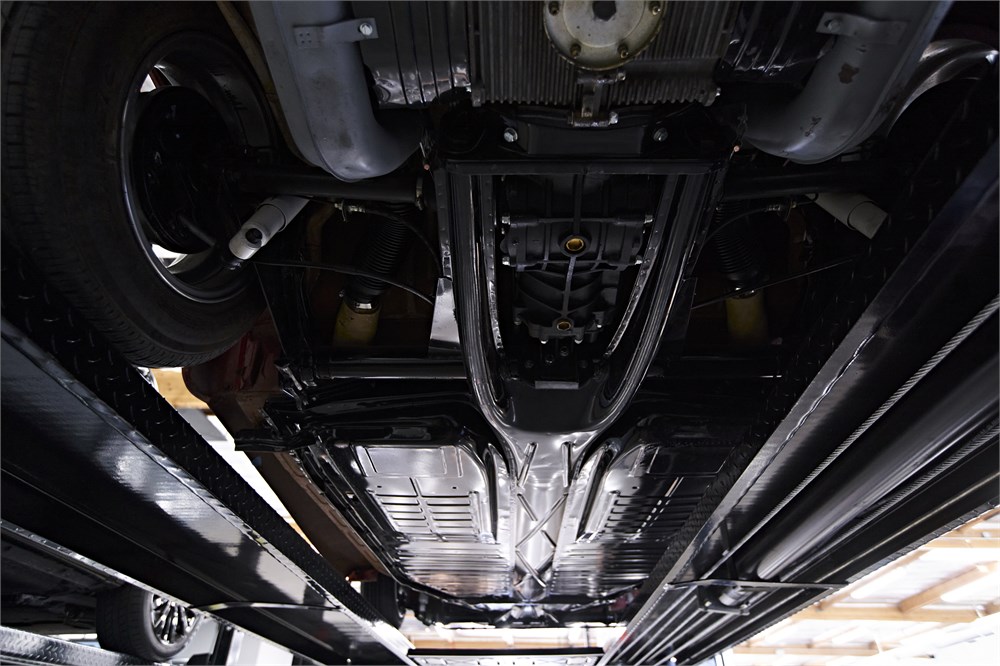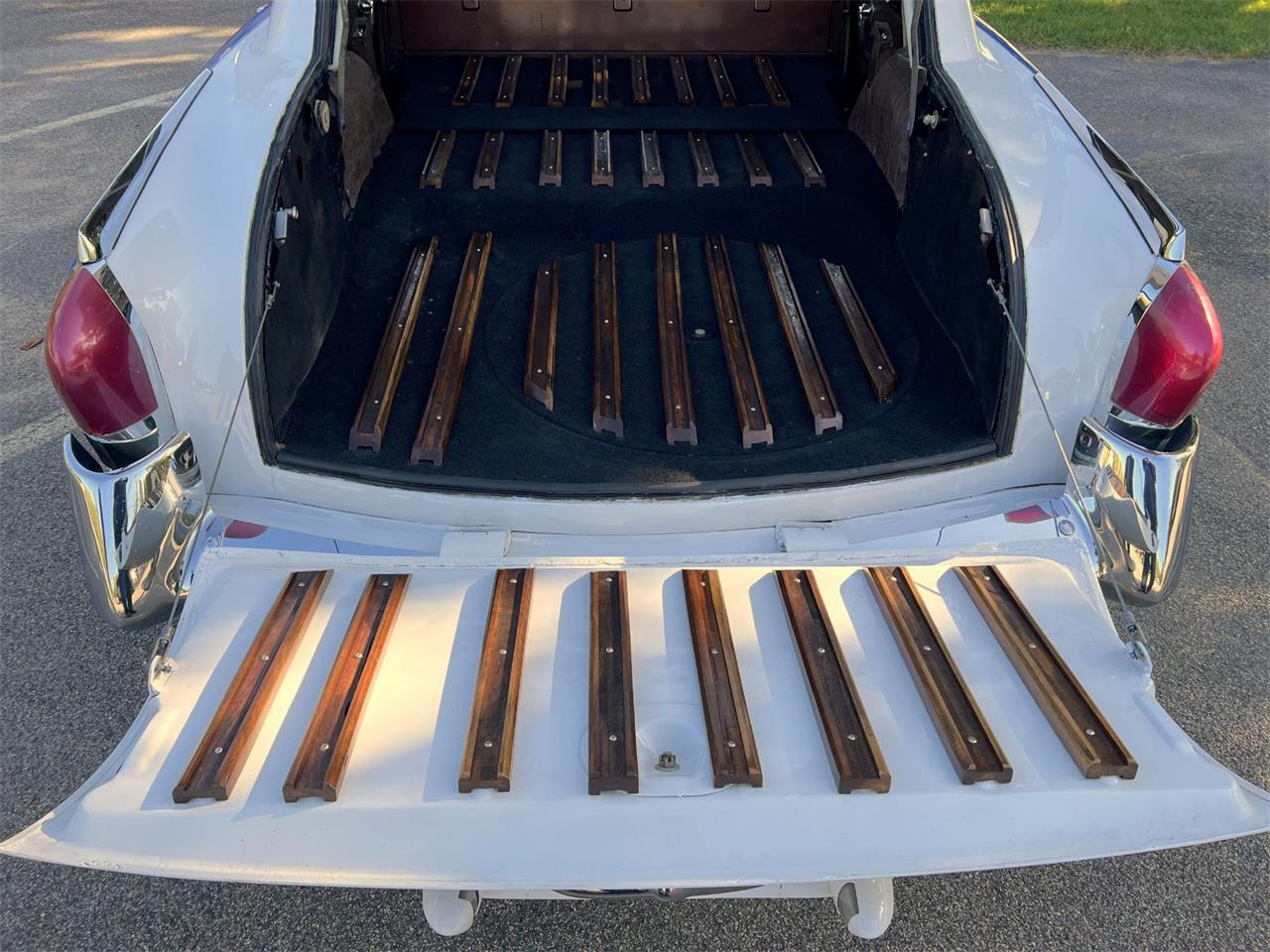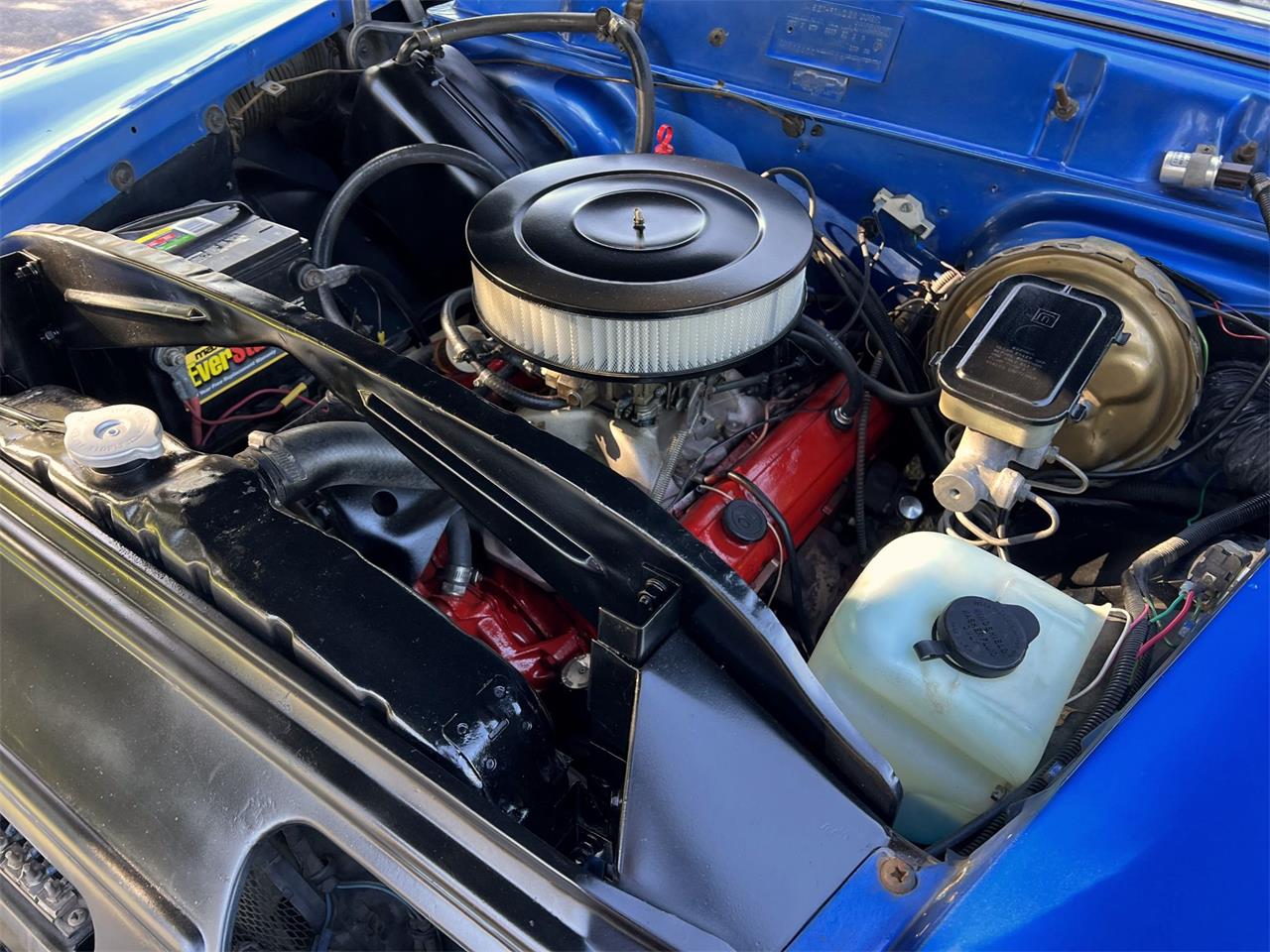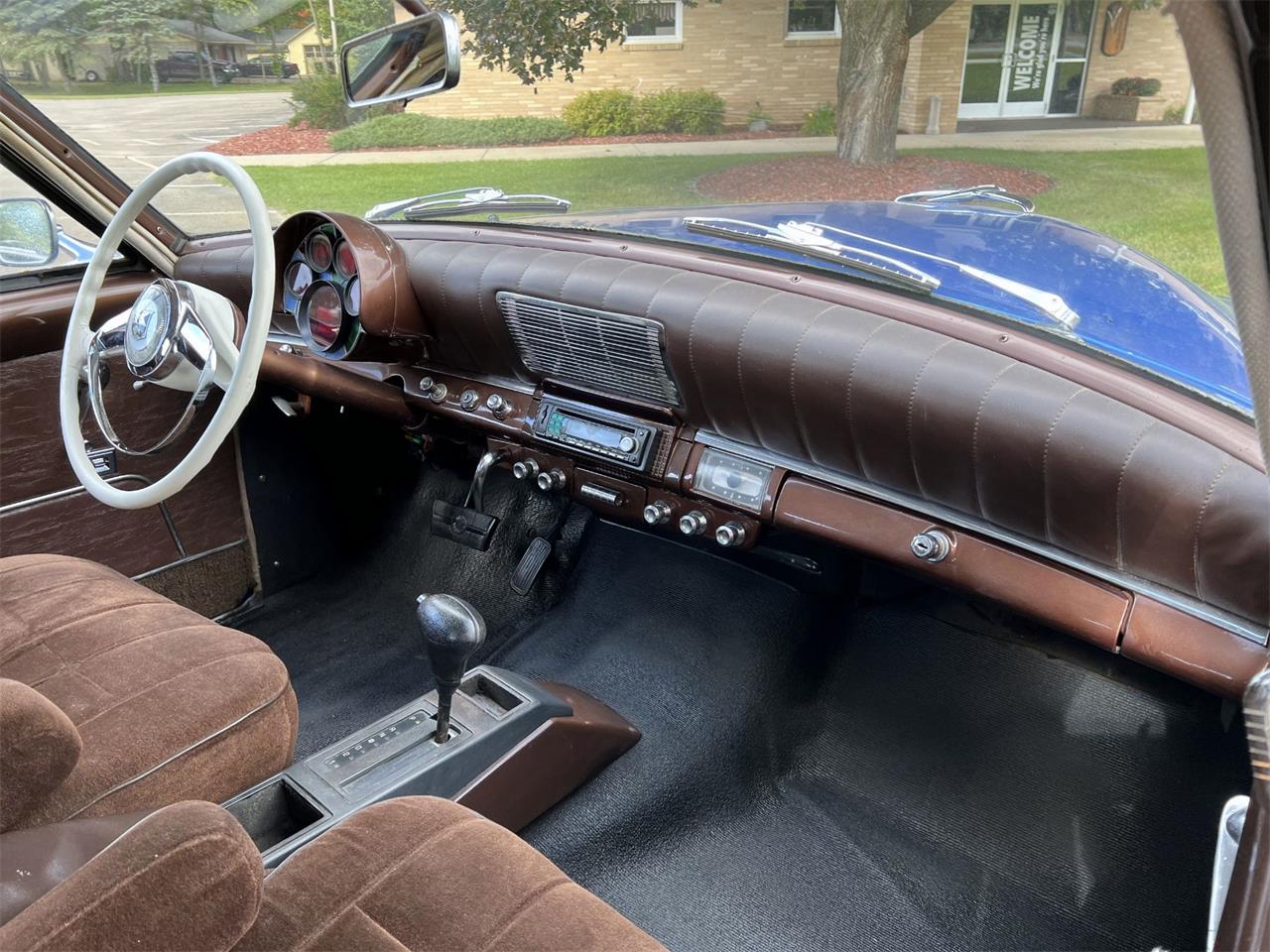Another year brings another chance for us classic car enthusiasts to be part of the Lancaster Insurance Classic Motor Show, which once again brings together an impressive array of classic car and motorcycle clubs. Alongside this, there will be iconic classic and vintage cars and motorbikes for sale, autojumble and stalls and anything classic car related, ensuring it’s an event not to be missed.
This is the renowned and best season finale for any classic car/bike owner, enthusiast, club member, collector, or simply anybody with a passion for classic vehicles!
But there’s a lot more than just the classics that will be on display. After you’ve admired these amazing vehicles, you can source parts and tools for your maintenance and restoration needs from the many specialist traders, or shop for those elusive pieces in the autojumble. If you’re looking for something to fill that classic-shaped hole in your life then you’re sure to find an outstanding range on offer from the Car Dealers and at Silverstone Auctions.

There are also many activities that you can enjoy, including presentations from motoring celebrities and experts, and hearing from specialists throughout the halls. You’ll be able to drive out in a unique classics with HERO-ERA or Sporting Bears, helping them raise money for some wonderful children’s charities.
Read on to find out what the show will include and how you can enter our competition to win show tickets.
.
Highlights to Wet Your Appetite
Whether you want to roam the halls and relish in rare vehicle discoveries, you are looking for information on a particular marque, want to meet celebrities, fancy a driving experience, or learn practical skills, the show has something on offer for all classic car and bike lovers.

New for 2022
As well as the usual show favourites, there will be plenty of exciting new features at this year’s show, from live music performances to historic racing bikes.
.
Alternative Fuels
The future of motoring seems to be steering us to all-electric, leading many classic car owners to seek out available alternatives. This year’s event will showcase how some classics are making the change and staying on the road.
.
Restomods
This growing trend fits classic/retro vehicles with modern features, where old meets new and classic meets modern, giving you the best of both worlds.
.
Wings Tour Bus
Paul McCartney’s 1972 Wings Over Europe Tour bus restoration is nearing completion and will be on display, featuring live music performances throughout the weekend.
.
Motul Historic Racing Bike Feature
Suzuki racing motorbikes will be presented in a stunning display, with Motul showcasing the past fifty years of top flight two-wheeled motorsport.

.
Meguiar’s Detailing Bay
Meguiar’s will be bringing their detailing bay to the show, alongside their much-loved Club Showcase. Presenting car’s under the light, the team will get to work on the chosen cars and leave them sparkling.
.
Classic Car Displays
Spanning over 120 years, from vintage motors to traditional British classics, historic motorsport to American muscle cars and retro hot hatches, this year the show will explore more stunning collections of vehicles that are brought together for the classic car community’s season finale at Birmingham’s NEC.
Whether you’re interested in what’s going on under the bonnet or prefer to gawp at these amazing vehicles and imagine hitting the open road, one thing’s for sure – the Classic Motor Show is the best motoring day out for car fans from any decade.
No matter what aspect of the motoring work interests you, be it classic cars, bikes, buses or vans, you will find something to astound you amongst the 3000+ vehicles on display.

.
Classic Car and Bike Clubs
Every year the show welcomes hundreds of classic clubs to fill halls with their unique cars, vans and motorbikes. Each and every club and members of it, bring so much knowledge and joy along with their gorgeous vehicles. A broad range of marques and models will be represented, guaranteeing visitors will find their favourites.

.
Traders, Dealers & Autojumble
Find everything you need as a car lover. Explore more than 600 exhibitor stands offering all the products and services you could need. Dive into the plethora of goodies that the Autojumble has to offer, talk wheels with specialist exhibitors, and source your first or next classic car with the dealers or at auction with an excellent range of cars for sale.
.
Silverstone Auctions
Silverstone Auctions holds with one of their most high profile classic car auctions in the UK, featuring 100+ classic cars and motorcycles at the show, plus a great range of automobilia.

.
Looking to buy?
Whether you’re a fan of Aston Martin, BMW, Ford, Ferrari, Lamborghini, Porsche, or Triumph, you can find something to aspire to on the auction block or from the car dealers selling their cars at the show.
.
Looking to sell?
If you want to get the best price for your classic beauty, Silverstone Auctions offer a superb opportunity to get your car or motorcycle in front of a highly receptive audience. You can speak to them or other dealers at the show.

.

.
Classic Motorbike Showcase
The Classic Motorbike Showcase welcomes classic bike enthusiasts from all over the UK and beyond to share their passion for remarkable two-wheeled classics. Come and admire motorbikes from an array of marques.
With clubs representing BSA Bantam, Harley-Davidson, Triumph, and more there is something to suit every interest. You’ll have the chance to spend time talking with the clubs representing your favourite!
.
Pride of Ownership
Celebrating classic cars and fantastic motorcycles, this glorious display gathers together owners and enthusiasts to vote for your favourite of these cherished vehicles.
Past displays have shown cars found as a wreck and restored to their former glory. Others that have been owned over decades from brand new by the same owner, as well as some extremely rare examples. Prepare for many wonderful stories of how these vehicles hold significant sentimental value to loved ones.
.
Classic American Car of the Year
Throughout the year, Classic American’s editor, Ben, searches the country for the best in show cars. He’s whittled it down to 6 spectacular motors that will be in the running to become the Classic American Car of the Year.
Finalists include a 1958 cream Cadillac, a 1972 burnished bronze Buick Riviera, and a 1936 yellow Cord Westchester Saloon.
Come and admire all of the cars at the show and see who is crowned the winner!

.
Meguiar’s Club Showcase
This fabulous feature showcases ‘the best of the best’ from the UK classic car club scene from the last year. The celebration brings together an astonishing line up of award-winning cars from club-organised events throughout the course of the year. These cars undergo intense scrutiny at the Classic Motor Show before the ultimate ‘best in show’ is revealed at the prize giving on Sunday afternoon.
.
Restoration Theatre
Ever wanted to find out about classic vehicle restoration? Well now you can from the expert mechanics and renovators at the Restoration Theatre. Whether you’re interested in working on your own project, or looking for a career change, you can learn some great skills here!

.
HERO-ERA Arrive & Drive
Get behind the wheel of a stunning classic motor courtesy of HERO’s Arrive & Drive fleet and take a 4-mile spin around the NEC.
Have you ever dreamed about getting behind the wheel of a stunning classic motor?
Now you have the chance! HERO- ERA’s Arrive & Drive fleet are available for you to make this dream a reality. You’ll have the chance to take a classic car of your choice for a 4-mile spin around the NEC throughout the show.
Even if you don’t feel confident about driving one of these iconic cars yourself, or you don’t have a licence, no need to stress, one of their dedicated team will be delighted to take you for a passenger ride!
If that hasn’t wetted your appetite then nothing will!

You can ensure that you don’t miss out on all future chances to win tickets by subscribing to our newsletter or follow us on Facebook, follow us on Twitter or follow us on Instagram.

The post A look ahead to the Classic Motor Show 2022 appeared first on My Car Heaven.

